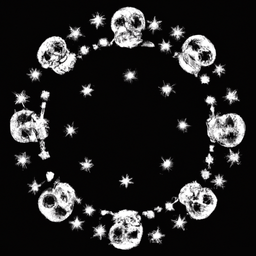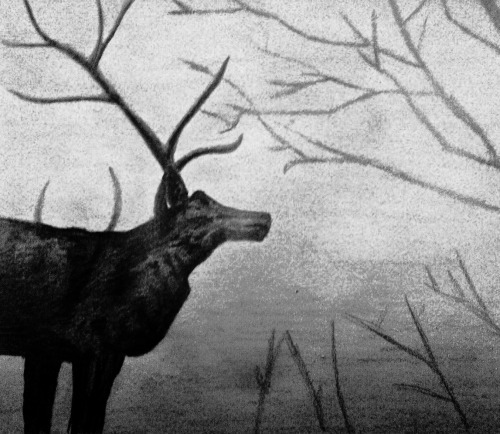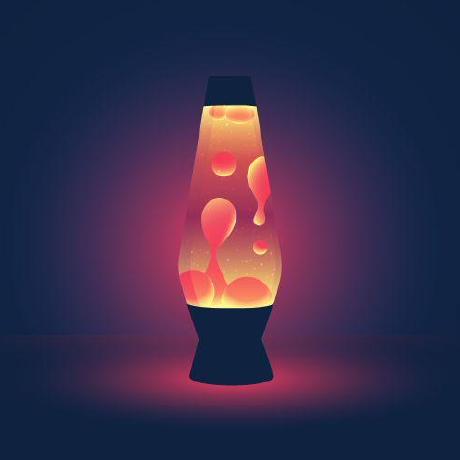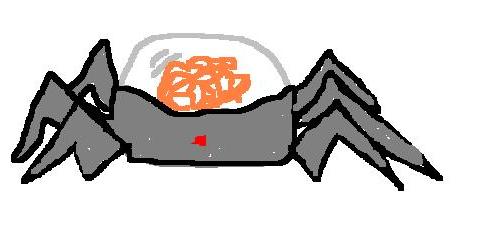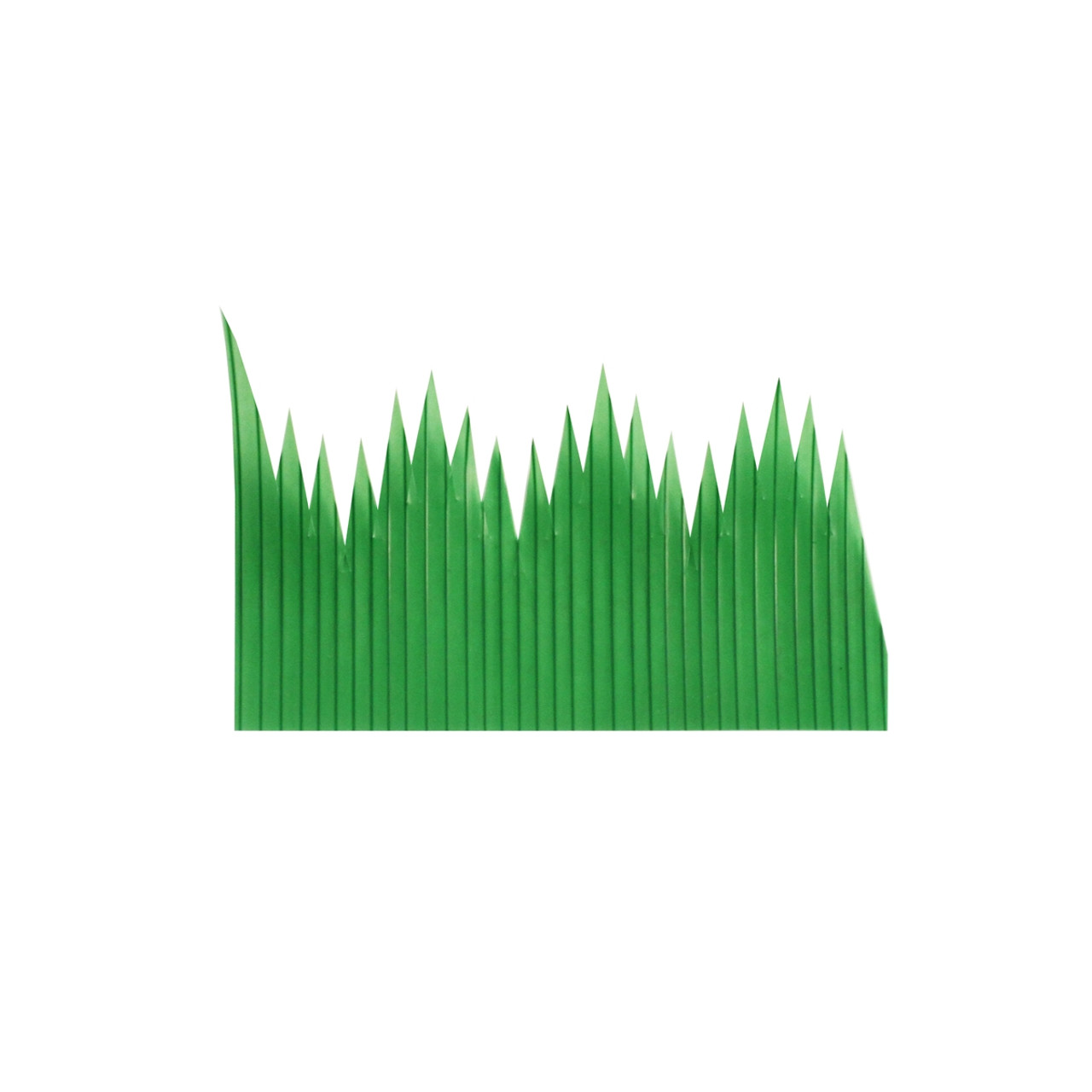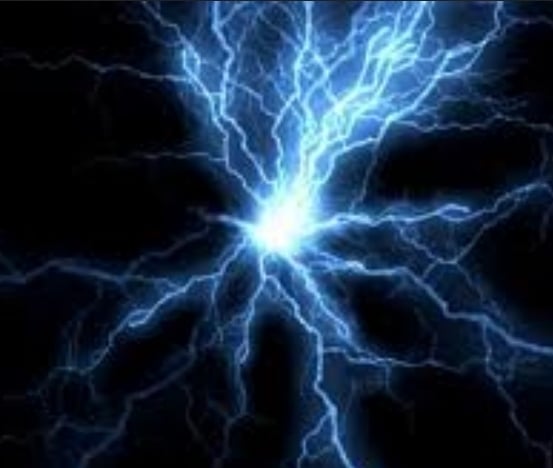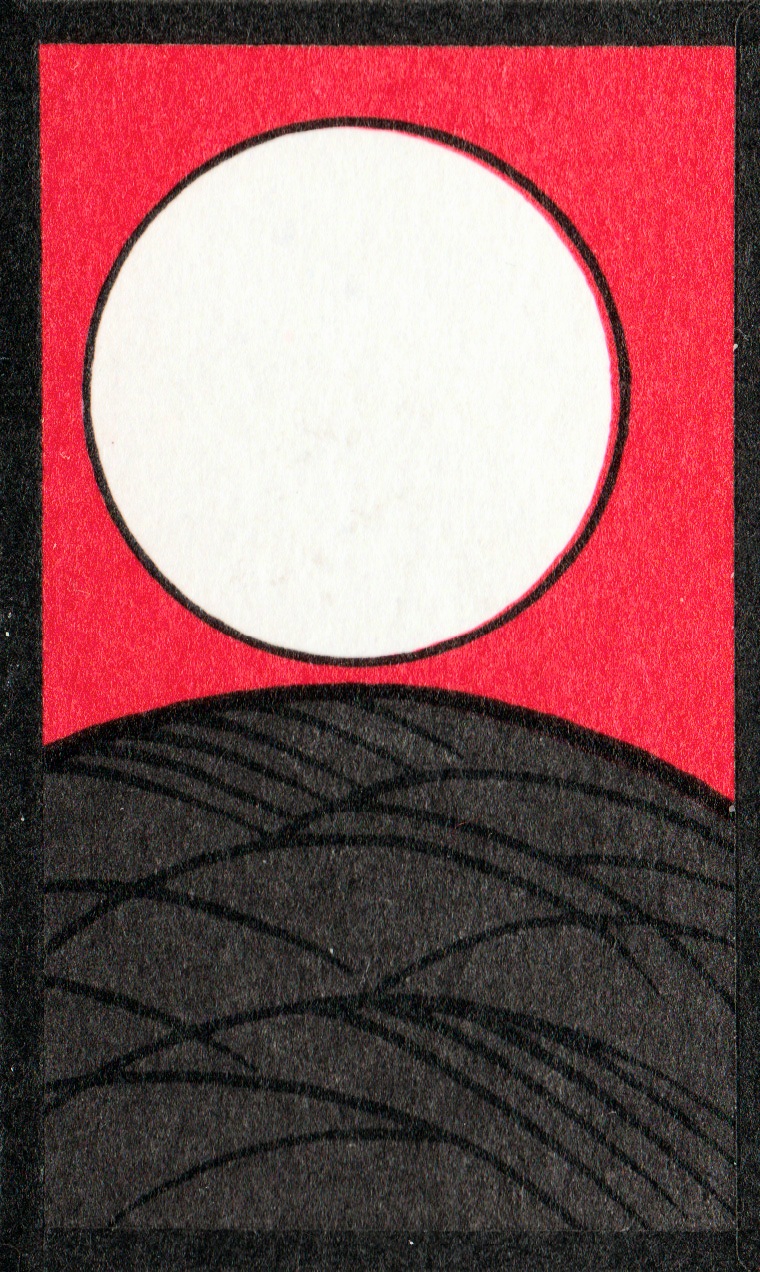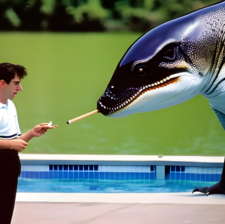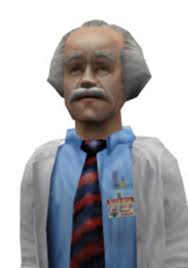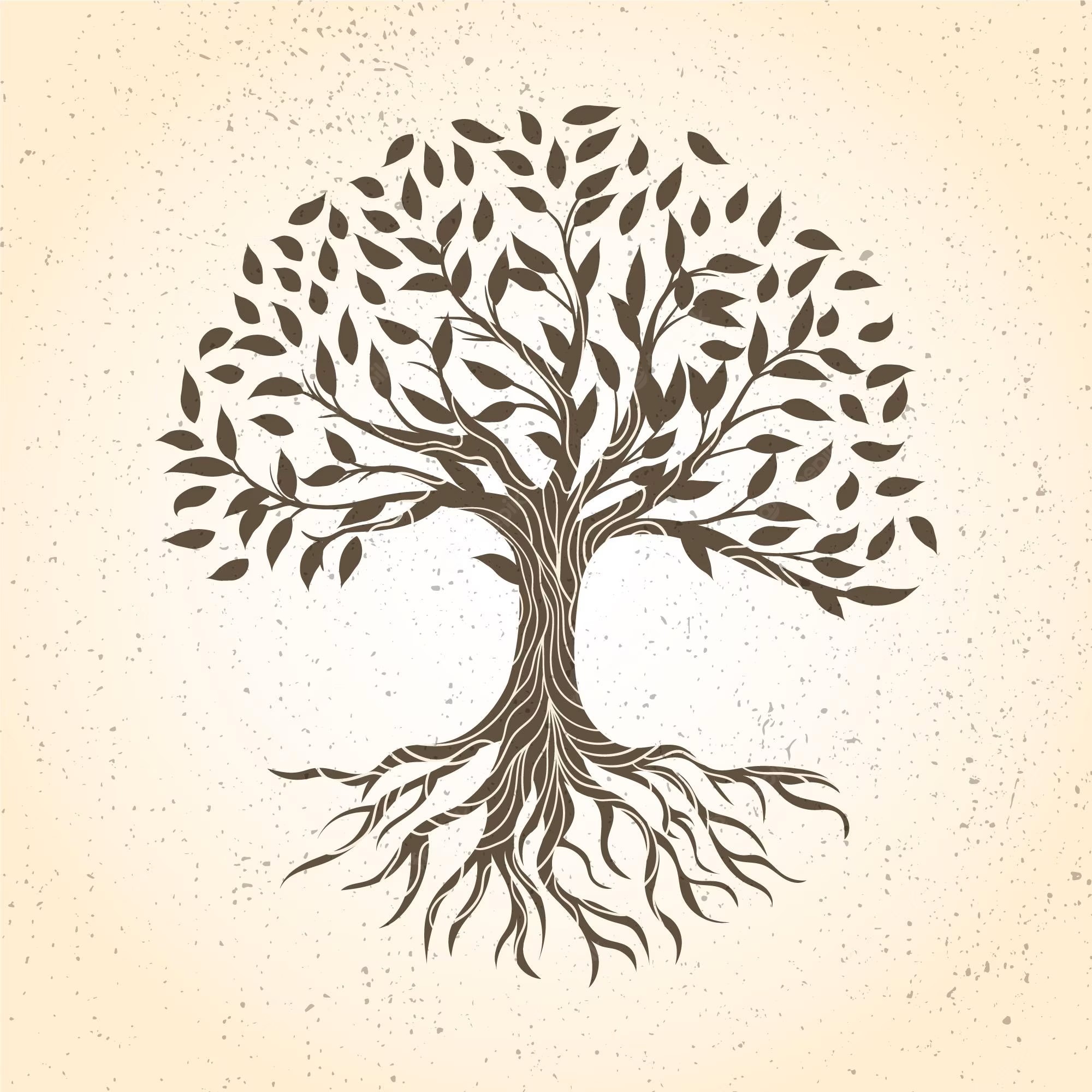At work we somehow landed on the topic of how many holes a human has, which then evolved into a heated discussion on the classic question of how many holes does a straw have.
I think it’s two, but some people are convinced that it’s one, which I just don’t understand. What are your thoughts?
1 ‘hole’ if you can call it that. Imagine if the straw started life as a solid cylinder and you had to bore out the inside to turn it into a straw: if that were the case, you would drill 1 hole all the way through it.
Another analogy is a donut. Would you agree that a donut has just 1 hole? I would say yes. Now stretch that donut vertically untill you have a giant cylinder with a hole in the middle. That’s basically now just a straw. The fact you stretched it doesn’t increase the number of holes it has.
Imagine if the straw started life as a solid cylinder and you had to bore out the inside to turn it into a straw
This would mean a straw has a hole, yes. It would be like a donut indeed - donuts are first whole, then have the hole punched out of them. This meets a dictionary definition of a hole (a perforation). A subtractive process has removed an area, leaving a hole.
But straws aren’t manufactured this way, their solid bits are additively formed around the empty area. I personally don’t think this meets the definition.
Your topological argument is strong though - both a donut and straw share the same topological feature, but when we use these math abstractions, things can be a bit weird. For instance, a hollow torus (imagine a creme-filled donut that has not yet had its shell penetrated to fill it) has two holes. One might not expect this since it looks like it still only obviously has one, but the “inner torus” consisting of negative space (that represents the hollow) is itself a valid topological hole as well.
“This meets a dictionary definition of a hole.
But straws aren’t manufactured this way, their solid bits are additively formed around the empty area. I personally don’t think this meets the definition.”
By this logic, how I make a doughnut changes whether it has a hole.
If I make a long string of dough and then connect the ends together and cook it (a forming process) it doesn’t have a hole.
If I cut a hole in a dough disc and then cook (a perforation) it has a hole. Even though the final result is identical?
On the matter of the doughnut: If you make them at home, you’re almost always just rolling a cylinder and then making it a circle. I have never actually punched a hole out of a doughnut. That would mess up the toroidal shape.
But also: So you’re saying a straw has 0 holes?
Maybe she’s not, but I am. An intact straw has zero holes. If you stick a pin in the side, it has one. If you stick a pin all the way through, it has two.
But here’s the thing. Take that doughnut and stretch it until it’s a cube with two square cutouts in it. Stretch in some of the inner walls. Now you have a house, with a door and a window. Now: does the house have two holes - a door and a window - or does it have one hole?
Locally has two extrinsic holes, that is holes relative to things outside and inside the house, globally has one intrinsic hole. We say that the door is a hole respect to the wall no to the house itself. So both the door and the window are holes locally. But we never say the house has holes, we talk about walls and ceilings so globally that house has 1 hole. Another way of thinking it is that if the house can be deformed into a filled doughnut then it can be compressed to a circle and that’s the definition of a 1-hole.
Topologically, still one
You just blew my mind. Thanks.
A strownut if you will
I would eat that
So as you begin to bore, that is one hole. But when you go through the other side, you have in fact made two holes. I think a donut can actually be thought of either as one hole or two holes, or more correctly; two holes that are the same hole.
Back to the straw; if you make another hole in the side of the straw half way up, would it still have one hole? Or two holes? Or three holes?
A bit like thinking of the human digestive tract, most of us would agree that your mouth is a different hole to your anus, but we agree that they are in two ends of the same system
What if you bored from both ends of the cylinder until they meet in the middle?
There would be two holes until, at the moment of contact, it becomes one?
Does the method with which the straw shaft is created influence the number of holes it has?
No, topologically there would be no holes until the moment of contact. This is the same as there being no hole when drilling through from only one side until the surface on the opposing side is broken.
Yes, but topologists can’t tell a doughnut from a coffee cup so they’re clearly insane.
So how does one “dig a hole?” Straight to China? Or whatever is opposite of you?
Topologically, yes. Buy you could also go down a bit, make a lateral tunnel, then pop back up.
So what you are saying is, if I dig a hole that doesn’t go anywhere, then that’s not really a hole?
In topology, yes. It must go through to count.
That’s fascinating. So most of what I would call “holes” are what, in topographical terms, hollows? Depressions?
Topologically, yes. Coincidentally, “Hole to Nowhere” is the best Talking Heads parody album.
Heh I will have to check that out!
Not only that, but if you pinch it in the middle until the passage closes, could it still be called just one hole?
How many holes does a donut have?
Now make the donut higher. A lot higher. Now you have a donut-tunnel. Now make the walls thinner. Now shrink it. Now you have a straw.
One hole.
Take a sealed tin can. Punch a hole in it. Punch another hole in it. You now have one hole.
No, but that’s two holes. And it’s because the holes are not connect by a single, unbroken cylinder. It’s the material at the edge of those holes and the 90° turn at the corners that makes the holes disconnected.
The edges and corners mean nothing for the purposes of counting holes. Counting holes is a concept of topology that relies on continuous deformation. All non-opening features of the object just get squished and stretched away in the process of identifying holes.
For the purpose of counting holes a can with two openings punched into it is equivalent to a donut which we know has only one hole.
Now take that straw and tie a knot in the middle of it.
That doesn’t change the topology though. Or at least you can’t without it no longer being a straw.
A straw is the product of a circle and an interval. Either the knot doesn’t fully seal the interval, meaning it’s topology is maintained, or you completely seal the straw, changing it from 1 long interval to 2 separate intervals, changing the object entirely.
In this situation, the straw would not be completely sealed. It is clearly inefficient, but technically there exists a path for which there is a level of force that could applied that would make the straw function.
This seems overly reductionist to the point where I could just as easily describe my mouth and my anus as the same hole.
Yeah, that’s a concept that gets covered extensively in anatomy, immunology, and microbiology. It’s called “the donut model”. This is not a joke. It clearly shows how your digestive system is exposed to the outside world, similar to skin. You can obviously see why this is important immunologically, since germs can just get into the mouth/butthole in a way that they can’t penetrate skin.
It’s one long hole.
that is actually the case. there is an unimpeded path from your mouth to your anus
Because they are the same hole. Welcome to topology
It’s perfectly reductionist. You have defined our biology in exactly the same way medical texts do.
Now you’re getting it!
Yes. It’s called the gastrointestinal tract.
They did the math!
I understand geometrically they have the same number of holes but in my head straws still have two holes because they have an “inside” so both entrances to the inside have to be a hole.
That’s because a straw has two more holes than a sphere.
How many holes does a rubber band have? A donut?
Topologically a rubber band, a donut, and a straw have the same number of holes. The hole at either end of the straw is just a continuation of the same one hole.
By that argument your mouth is a continuation of your asshole… No offense.
I mean… yeah
Some people haven’t realized almost all animals are just tubes with various fancy shit glued on.
Edit: including humans
Or put biologically, virtually all fauna are just various advanced forms of flatworm.
IIRC humans have 7 holes topologically (assuming both vsauce and my memory are correct). I’m not sure how many a flatworm would have, but I bet you could group animals by number of holes topologically, which might be interesting.
Flatworms have a single opening that leads to a branching cavity (an incomplete digestive system). This means that the single opening is for both ingesting nutrients and expelling waste. While your mouth may be attached to your anus via the alimentary canal, I think it beats the hell out of having one multi-purpose opening, imho.
Right, technically a human only has 1 hole for ingesting nutrients and expelling waste as well though, assuming you are talking about the mouth and anus. Does a flatworm have any other through holes though e.g. nostrils or tear ducts? I have no idea what the biology of a flatworm is haha.
Two ears, mouth/anus/nostrils, urethra, optionally vagina. That’s 5…what else, eye sockets?
I guess we all are talking out of our asses, then…
Indeed, and when you kiss someone you are making one big hole connected by two assholes.
Anal 69s just make one big reverse-donut
Anal 69s just make one big reverse-donut
Given the amount of people I know who are always full of shit, I’d buy that
I assume that’s how OP’s debate of how many holes a human had ended up being about straws: someone argued that the mouth and the anus are just one hole
For normal people asshole would be continuation from mouth, but I don’t judge. You do you!
None of them have holes, usually. A hole goes from the outside of a volume to the inside. Those are all intact tori.
Take that cylinder and stretch it until it’s a cube with two square cutouts in it. Stretch in some of the inner walls. Now you have a house, with a door and a window. Now: does the house have two holes - a door and a window - or does it have one hole?
I disagree. A rubber band and a donut do not have an ‘in’ and ‘out’.
A straw does? What are you, the straw police?
Stick your finger through a donut, does it go in one side and out the other?
Giggidy.
A straw’s “in” and “out” are completely arbitrary. You can flip a straw either way and it’d still work.
Anything with a hole through it that isn’t perfectly 2D could have a “in” and “out” side. Your rubber band your doughnut only don’t have one because nobody ever thought to define one.
Classic topology question. Absolutely one hole; it goes all the way through.
Of course, connotatively, two is a fine assessment, but not in topology.
How many holes does a donut have? Now just try to image the real difference between a straw and a donut. Is there one, aside from deliciousness?
Deliciousness here is only limited by bravery.
Taste. Edibility is relevant to bravery, not enjoyability.
That’s nice but topology is quite removed from everyday language. A hole in the ground is a hole.
A hole that goes all the way through earth is still one hole
I completely agree. That’s what I’m saying. Topologically if you dig into the earth with a shovel, it hasn’t changed at all; there is no hole, but connotatively there clearly is.
And what I’m saying is that answering this with topology is quite misplaced because topology explicitly doesn’t deal with physical objects, ever. It uses very specific abstract definitions which cannot apply to everyday life.
That is not to say it isn’t useful. It’s an amazing discipline with wide applications, but answering questions about the properties of physical objects is not its intended use.
I was explicit that there are two topics here. You seem to agree. Why you think bringing up topology when asking a famous topology question that people like Riemann have been talking about for a few hundred years is just weird. That’s like saying you can’t talk about geometry when asking how many sides a house has. Feels very akshually.
Mathematically It’s one. Think of a disk, like a CD, does it have one hole or two? One, right? Now imagine you can make it thicker, I.e. increase the height, and then reduce the outer radius… Making it progressively more straw-like. At what point does it stop having 1 hole and begin to have 2?
Topologically they’re the same shape.
I’m sure Matt Parker has a video on this topic in YouTube. Here
The specific field is topology fyi
If I dig a hole, how many holes is it?
Holes in the hole? 0
Holes in the top layer of the ground? 1
Zero unless you reach Australia
how many holes does a donut have? one. a straw is just a tall plastic donut.
two holes… smdh… kids these days
What if you tie a knot in the straw? Still one?
Just copying my response to another comment asking the same:
That doesn’t change the topology though. Or at least you can’t without it no longer being a straw.
A straw is the product of a circle and an interval. Either the knot doesn’t fully seal the interval, meaning it’s topology is maintained, or you completely seal the straw, changing it from 1 long interval to 2 separate intervals, changing the object entirely.
In this situation, the straw would not be completely sealed. It is clearly inefficient, but technically there exists a path for which there is a level of force that could applied that would make the straw function.
Just tried it… I can’t suck liquid through.
Thats because you have weak-ass lips. Your mom could do it no problem.
My mom is dead… I asked your mom she said she sucks golf balls through hoses on the weekend as a warm up before hitting all the town glory holes
Just so we are all on the same page here… Y’all down voted science, you plebs
if it doesn’t go all the way through anymore, is it even a hole? zero.
A straw is geometrically the same as a circular piece of paper with a z depth of zero and a hole in the middle. Because the z depth is zero there is only one hole. As you add thickness the one hole remains. Therefore, a straw has one hole.
so, using this logic, how many holes does a human have? 2? 2 1/2?
deleted by creator
I counted the ears as 1 hole and the rest as another. Like If I put food in my ear it wont come out through the mouth or urethra.
Edit: I was wrong, the ears are indeed conected to the nasopharynx and I didn’t know that.
- Two ears, two eyes, two nostrils, one mouth, all connected to the anus.
ears? tell me this story…
You have to rip through a membrane unless you’ve had tubes implanted for the ears I think?
Yes I google it and discovered my mistake
I’m a weirdo who learned how to ‘click’ their ears (opening eustachian tubes on demand) on their own possibly before Google existed, and have done a little research between now and then :p
It has two exits, one hole.
If you drill a hole in a block of wood you create one hole not two, note that whether or not the drill exits the opposite side, only one hole has been created despite differing numbers of exits.
What if you drill through a book?
You’ll be banned from the bookstore
Is the book closed before and then being opened after? The state of the book matters (and possibly the pages!)
I think its more or less the same, spacially. I think the distinction breaks down more with like a wiffleball, which I’d argue is one hole with many exits.
ah fuck now i’m gonna be thinking about this all night
Does a doughnut have two holes?
Because a straw is just an elongated doughnut.
So is a coffee mug.
So is a rabbit.
You forgetting nostrils and ears?
Lol nice.
Are we considering it 3D then? I thought we’d be thinking of it as a 2D surface (which, for the record, has got 2 holes).
In this universe, objects are 3D!
It’s just one long hole.
yup, answer is 1
The answer depends on the context. Topologically, it’s one. I personally like zero. If I say “There’s a hole in my straw!” You’ll not think all straws have holes. You’ll think there’s something wrong with it.
To be fair, I think shirts already have holes, but if I said “there’s a hole in my shirt” you’d think there was an EXTRA hole
If you say “There’s a hole in my straw” I think it’s always implied you’re talking about an unexpected hole. You can also say “There’s a hole in my sweater/pasta strainer/etc” and people would get you’re talking about a hole that is not supposed to be there. Straws are the same. They have one hole and you’d be unhappy if another appeared.
I was also thinking zero. I picture a straw as a rectangular piece of material that’s been curled to form a cylinder, and in my mind that rectangle has no holes in it. I was confused when I saw that the options were only one or two.
As far as 2D topology is concerned the number of holes increase when you glue the edges of the rectangle together.
Though in that case you’re basically counting how many boundaries the surface has, which for a straw is 2 distinct circles.
No, I´ll be puzzled for a second and then think you are making a joke.
A cup is essentially a self-contained hole that we pour stuff in, but if I say there’s a hole in my cup you’d know what I meant
From a topology perspective, a cup does not have a hole. A mug does, but its the hole that the handle makes, not the area containing liquid.
I see a lot of folks referencing topology, but clearly topology is not a particularly good go-to for how to talk about holes.
-
From a topological perspective, a hole in the ground isn’t a hole… But you can still fall into it.
-
From a topological perspective, a hole in your logic isn’t a hole – but you can still have one.
Clearly we’re talking linguistically, not topologically.
-
It’s one, big long hole. If you drilled a hole through a board, do you say it’s two holes?
Or it’s 0 holes, as it’s not cut out of something, but rather just formed that way meaning by strict dictionary definition, there are no “holes.”
Yeah but if you used a board as a straw you’d look like an idiot.
I believe the confusion lies in the word “holes” when you are thinking about openings or exits. Just my 2 cents.
Yes, I agree. “Hole” is poorly defined. This isn’t a technical question about straws but a technical question about language.
That’s the gist of practically all philosophical thought experiments.
When is a heap of sand no longer a heap? I dunno, define “heap” and there’s your answer. It’s not going to be a useful answer though because the rest of the world doesn’t define the word with enough precision for the question to be meaningful in the first place. There is no authority on Earth that can do that. You can define the problem in precise mathematical terms but then it will NOT be the same thing as a plain-English “heap” and you’d be pulling a fast one if you acted like it was.
One of course, what a weird conversation to have.
To settle this argument could you clarify if we’re supposed to be considering the straw as a solid 3D object with a thickness, or as a curved 2D surface? The answer kind of depends on which you pick.
Found the CAD user


